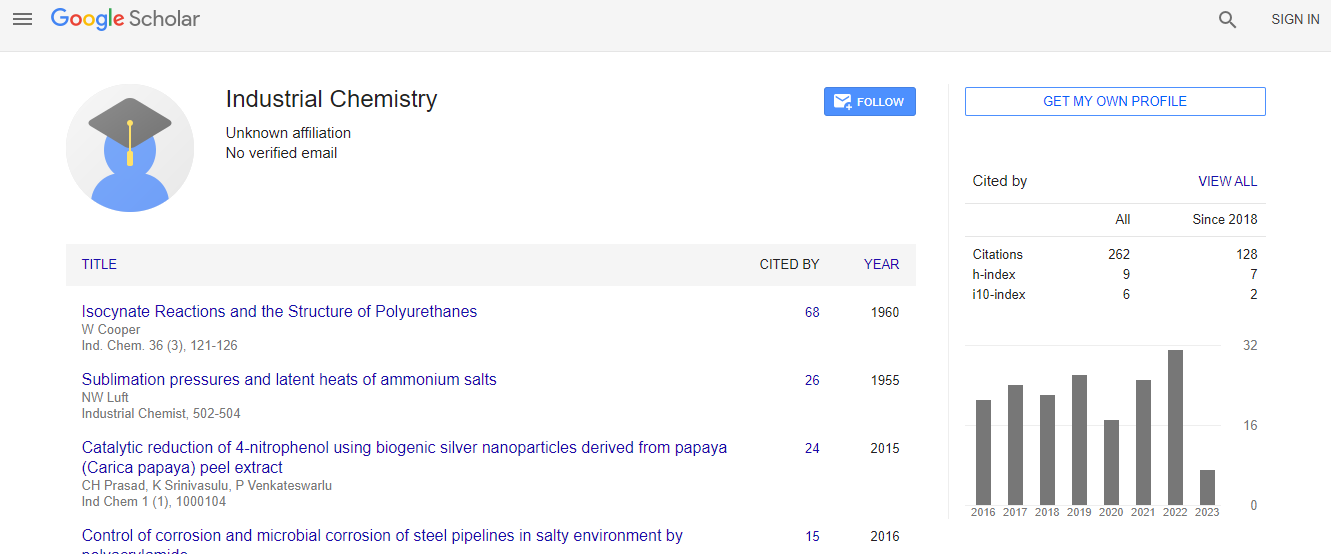Our Group organises 3000+ Global Events every year across USA, Europe & Asia with support from 1000 more scientific Societies and Publishes 700+ ������ Journals which contains over 50000 eminent personalities, reputed scientists as editorial board members.
������ Journals gaining more Readers and Citations
700 Journals and 15,000,000 Readers Each Journal is getting 25,000+ Readers
Citations : 262
Indexed In
- Index Copernicus
- Google Scholar
- RefSeek
- Directory of Research Journal Indexing (DRJI)
- Hamdard University
- EBSCO A-Z
- OCLC- WorldCat
- Scholarsteer
- Geneva Foundation for Medical Education and Research
- Euro Pub
Useful Links
Recommended Journals
Related Subjects
Share This Page
The tooeleite story
International Conference on Industrial Chemistry
Arindam Malakar
University of Nebraska, USA
Posters & Accepted Abstracts: Ind Chem
DOI:
Abstract
Arsenic, which is very toxic for human health, has many oxidation states and can exist in both inorganic and organic form. Mainly, inorganic Arsenic in (III) and (V) oxidation state are present groundwater. The maximum contamination level (MCL) of Arsenic present in drinkable water is set to 10 �?¼g/L or 10 ppb by World Health Organization (WHO). As(III), called Arsenite is bound with three (OH)-atoms forming arsenous acid (H3AsO3 or As(OH)3) in circumneutral pH. As(V), called Arsenate is bound to four O-atom, is generally represented as AsO(OH)3 or H3AsO4 but in circumneutral pH it generally exist in -1 or -2 charged as H2AsO4 1- or HAsO4 2- forms. As per present techniques, removal efficiency of As(III) from natural contaminated groundwater without prior oxidation to As(V) is very low due to its neutrality at circumneutral pH. The problem is underground water of Bengal basin or most of the part of world has rather high amount of As(III) (as high as 67% to 99% of total As-content) than As(V). In case of Bengal basin As(III) content is as high as 80%. Tooeleite is a natural As(III)-bearing mineral discovered in the U.S. Mine Tooele Country, Utah in the year 1992. It is only arsenite-sulphur containing mineral in world. It has high Fe:As ratio (1.2) which was termed as a ready source for permanent remediation of As(III) in nature. Removal of arsenite from natural underground water in form of tooeleite is not feasible till date, as precipitation of tooeleite crystals demands quite low pH~3 (which is nowhere near pH~7 of groundwater) and may take ~30 days. In here it will be shown how As(III) present in natural contaminated water is arrested in tooeleite-like crystal at circumneutral pH, within 3 hrs of treatment using specialized nanostructures.Biography
Email: ari1201@gmail.com

